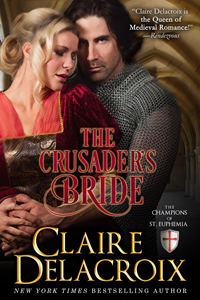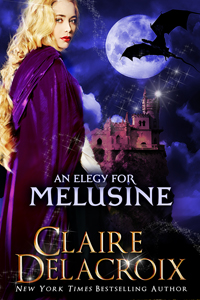One of the most interesting things about writing stories all the time—and one thing that frequently surprises people who aren’t writers—is that I don’t always know how the story is going to work out. Some stories seem to have an energy of their own, and with those books, I feel like the last one to know what’s going to happen. Bartholomew and Anna’s book is just such a story. I knew Bartholomew had a secret. I guessed that Anna had a grudge. I believed that they would have to work together to see everything resolved, but couldn’t see how it would happen. They seemed too different to me, yet their dialogue showed the energy of attraction right from the outset.
I knew the book would be set in England, so I began to compile images for my storyboard on Pinterest that were evocative of medieval England. Quickly, I saw a theme in the pictures that I was choosing: they reminded me of the Robin Hood story. As I delved deeper, I saw that there were similarities between that story and Bartholomew’s history, but even more interesting, I discovered (or rediscovered) that the true story behind that of Robin Hood is believed by some scholars to be almost concurrent with the story of the Champions of Saint Euphemia. (As is often the case, there are several possibilities for the basis of the legend in truth, and there are other scholars who insist that the legend has no basis in truth whatsoever.) I enjoyed using elements of the legend in this story.
It was easy to see that Anna would be the leader of the thief in the woods, just because of her rebellious nature. Does she have a justification for seeing herself as a leader? I love how her disregard for the laws of the nobility contrasted with Bartholomew’s respect for justice and order. What a wonderful time I’ve had with this pair: the woman who accepts no authority and the man who must learn to assert his own. I hope you enjoy their story as well.
 One of the other projects I’m enjoying is the writing of Duncan and Radegunde’s story, The Crusader’s Handfast, which is being published in monthly installments between December 2015 and May 2016. I had thought that the arrival of Gaston and Ysmaine at Châmont-sur-Maine would be part of Bartholomew’s story, but it really wasn’t. Whose story was it? When I saw that Radegunde had an eye for Duncan, I knew. Like so many servants, this pair know a great deal more about their knights and ladies than those nobles realize, and they also work to ensure that their lords and ladies win their happy endings. The reader letter for The Crusader’s Handfast is on my blog, so you can read a bit more about how this story evolved. It will be published as a complete book in both print and digital formats in July 2016.
One of the other projects I’m enjoying is the writing of Duncan and Radegunde’s story, The Crusader’s Handfast, which is being published in monthly installments between December 2015 and May 2016. I had thought that the arrival of Gaston and Ysmaine at Châmont-sur-Maine would be part of Bartholomew’s story, but it really wasn’t. Whose story was it? When I saw that Radegunde had an eye for Duncan, I knew. Like so many servants, this pair know a great deal more about their knights and ladies than those nobles realize, and they also work to ensure that their lords and ladies win their happy endings. The reader letter for The Crusader’s Handfast is on my blog, so you can read a bit more about how this story evolved. It will be published as a complete book in both print and digital formats in July 2016.
Also, the Champions are being produced in audiobooks, just a little bit later than their publication in digital and print editions. The entire series is being narrated by Tim Gerard Reynolds, and he’s doing a wonderful job. As of this writing, The Crusader’s Bride is available in audio. Check my website for links and updates on that process.
As always, please follow my blog or subscribe to my monthly newsletter to keep up to date on all the news. The newsletter contains advance notice of most sales on my books, as well as chances to win audiobooks, cover reveals and updated news of releases. You can also choose which news you’d like to receive, in case you don’t read in all of the same sub-genres in which I write.
Until next time, I hope you are well and have plenty of good books to read.
All my best,
Claire




 An Elegy for Melusine is a fantasy novella with romantic elements that I wrote for an anthology several years ago. It’s currently available in
An Elegy for Melusine is a fantasy novella with romantic elements that I wrote for an anthology several years ago. It’s currently available in